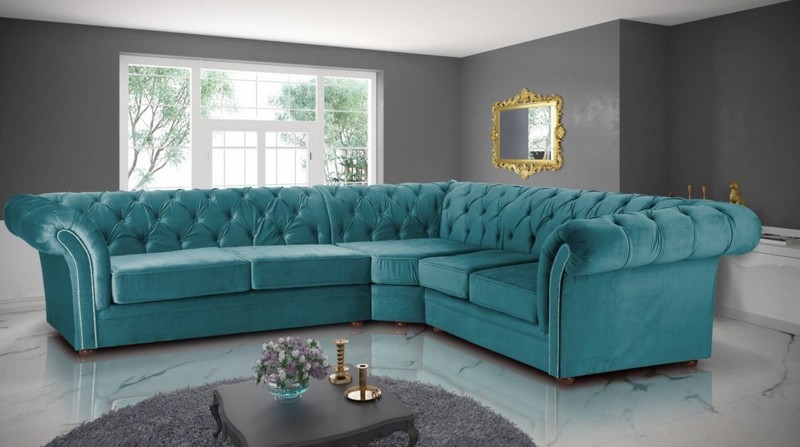Keep your eyes open when buying a sofa! From seat height to size to cover – here’s how you know which sofa is right for you and your apartment
Coming home and sitting on the sofa – who doesn’t love that? But the purchase needs to be considered carefully, based on the motto: So check who is committed forever.
In furniture stores and catalogs we can expect many two or three seater options, with or without an integrated chaise lounge, but rather as a sofa bed? Cool foam pad or spring core? Leather, velvet or Alcantara cover? Not to mention the many manufacturers. Before you get started, you should ask yourself the following important questions to ensure that your new sofa is not a bad purchase.
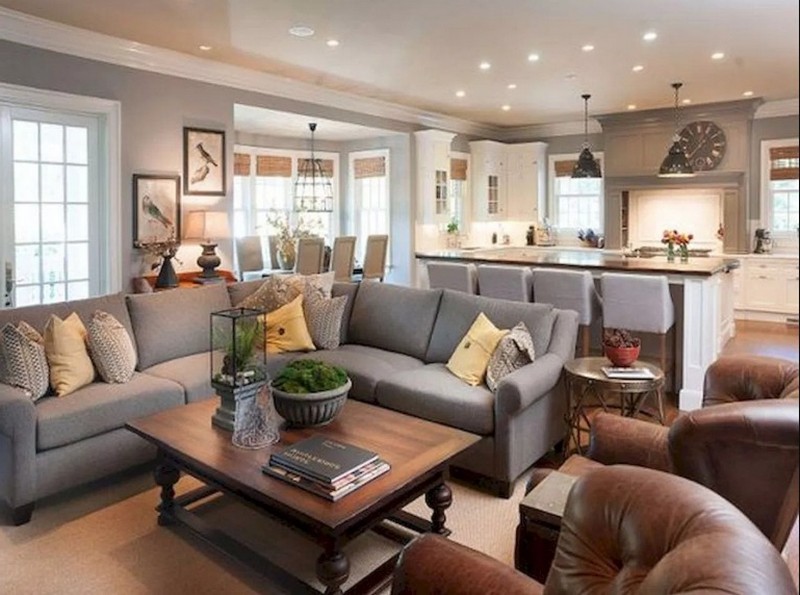
- Who will use the sofa for what?
To start, ask yourself what type of sofa you prefer. Do you watch TV or entertain guests for tea? Do you like to put your feet up when reading or watching TV? Then a recliner or recliner is recommended. Or do you need a place to sleep for overnight guests? In short: Who will use the new upholstered furniture, when and how? But think first about your needs and not your visitors’ needs. Ultimately, you will spend more time on the couch.
- Where should the sofa be located?
Whether it is a two- or three-seater sofa, a corner sofa or a sofa with sliding space elements depends on the size and layout of the room. The sight of an XXL sofa looks great in a furniture store – but in a smaller room it can also look overkill.
Ask yourself whether with a sofa in the room, there is still enough space to move freely around the room. You may also want to add a coffee table. Or how much space the sofa occupies when you use the folding bed function. Many manufacturers offer modular systems that can be used to expand the sofa as desired, depending on your needs and use.
Make a mockup! Sketches help to better imagine the size of the furniture. Interior design experts with floor plan analysis skills can support you! You can also cover a suitable area in the room with old newspaper pages or cover with painter’s tape and thus “test” the size of your favorite sofa. For a three-dimensional impression, you can create a sofa using a moving box.
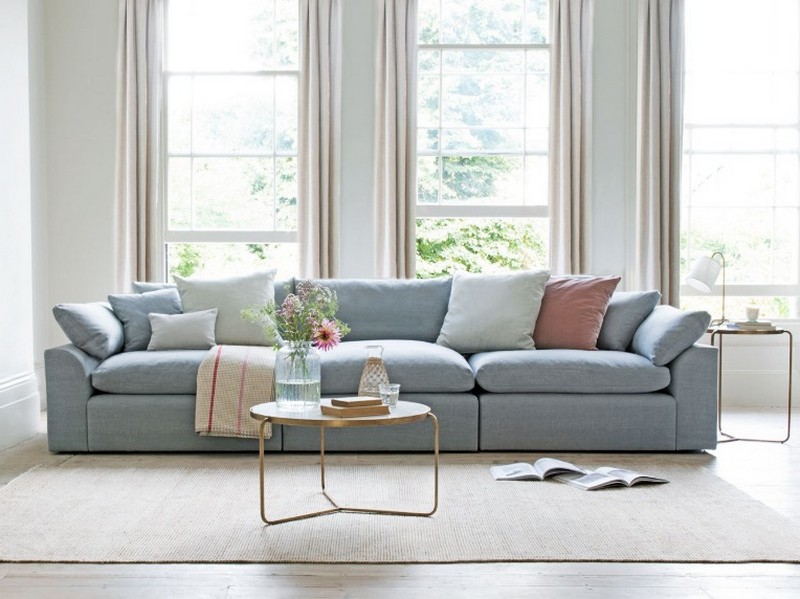
- How tall are you?
Factors such as seat height and depth should be considered before purchasing. What you choose should depend on whether you tend to use the sofa sitting or lying down. In principle, it is certainly more difficult to get up from lower upholstered furniture than from higher furniture. However, the comfort of the waiting room is better with such a sofa.
Tall people need a taller sofa with a deeper seating depth – and older people will also find it easier to get up from a taller model. The ideal seat height is between 43 and 48 centimeters, while the seat depth varies between 55 and 62 centimeters. Get advice from your trusted specialist dealer and, ideally, have your body measurements taken. You should still try it!
- What should a sofa cover be able to withstand?
Size and shape are agreed upon. But what should new sofa covers be made of? Made of fabric or do you prefer leather? Think carefully here. Ultimately, this is what determines the effect and practicality of the sofa.
For textile covers, there are more pattern and color options. There are covers made of wool or cotton, which naturally repel dirt. There are also many high-quality microfiber cloths or blended cloths that are very durable and easy to care for. These synthetic materials are perfect for households with stray children, pets, or lots of guests because they are easy to clean and maintain. Rough patterns or structures also hide small blemishes.
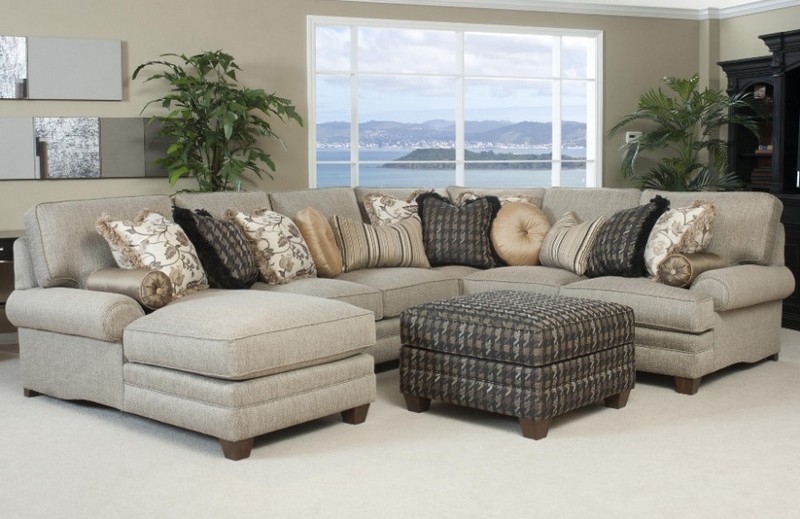
The Martindale abrasion cycle unit gives you information about the durability and sturdiness of the fabric. This is a wear value that determines the material’s resistance to pressure (friction of the test fabric with another fabric). This value should be around 15,000 in a private household with regular use. For comparison: In public areas, with intensive use, as many as 30,000 scrubbing cycles are recommended.
You should also pay attention to the Martindale pilling value, which refers to the formation of balls of fiber. A pilling value of 1 means the pill forms very quickly. A grade of 5 or 6 represents excellent quality.
Also ask about light fastness. This refers to the ability of a textile to retain its color even when exposed to sunlight. The scale here ranges from 1 to 8 (excellent).
Important: When purchasing, ask if the covering material can be removed and cleaned. Manufacturers of high-quality sofas sometimes even update the upholstery and suspension if the sofa is getting old.
Skin is an experience not only visually but also tactilely. But keep in mind that leather is a natural product and fluids (including body sweat!) absorb quickly and can leave permanent stains.
With impregnation – which also favors microfiber or wool coverings – you can take precautions and prevent direct infiltration for the time being. On the other hand, a genuine leather sofa will only look beautiful if it is given a patina. If you like it, a leather sofa is for you.
- Do you want to make a statement with a sofa – or do you prefer to accessorize?
You have to be brave for some sofa covers. With bright red, fresh blue or patterned covers, you should pay more attention to the color concept of the rest of the room. If used correctly, a sofa like this is a real eye-catcher. But you should really like the color, because the area is large and dominant and you usually keep the sofa for several years.
On a sofa in a neutral color, colorful pillows can always add a nice accent – and can be replaced very quickly.
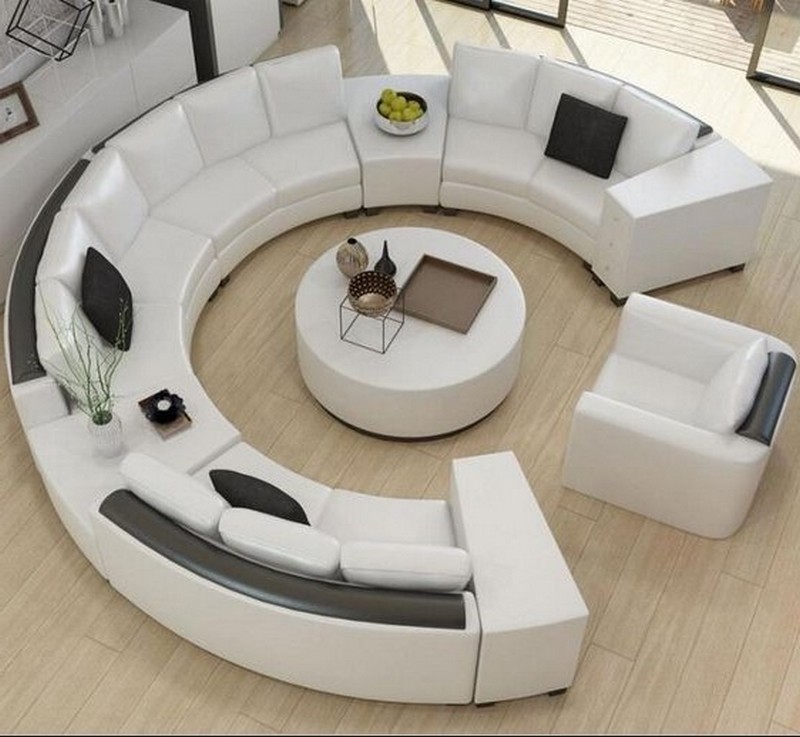
- How sturdy is the sofa made?
But looks aren’t everything, as we know. Because even with a nice sofa, inner values are still important. This relates to several aspects of high-quality models.
The support frame of a professionally made sofa is usually made of solid wood and combined with straps or with a tightly stretched wave suspension (a well-known form is the Nosag base suspension). Depending on your choice, the seat and padding consist of multi-layered cool foam padding, cool foam covered with soft padding (e.g. fleece) or elastic molded foam.
There are different degrees of firmness not only for mattresses, but also for sofas! In general, cold foam pads are slightly firmer, while pads combined with springs increase the sinking feeling.
If you choose a pillow with feather filling, make sure to fluff the pillow occasionally. This way the feathers are spread out before unsightly clumps form and the sofa looks shapeless.
In contrast to traditional, durable sandwich construction, cheap sofa frames are usually made of hard plastic/foam and filled with integral foam.
Regardless of the color of the cover, be sure to look at the seams of the upholstery to see if they are processed appropriately.
The quality seal can be a guide in the search for quality. This award is only given to furniture that meets the association’s high standards in terms of material quality and health compatibility.
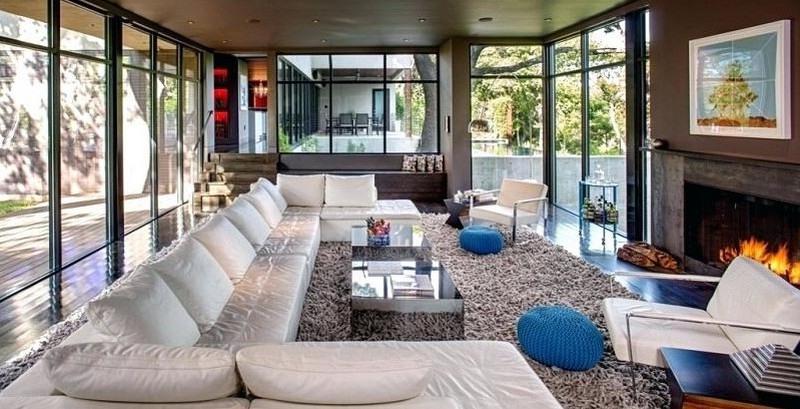
- How does the sofa feel?
To separate the wheat from the chaff, do a test. If you only buy a sofa online, there is always a risk that it will end up not fitting your habits and needs. Before buying online, find out as much information as possible about dimensions and material properties.
Of course, purchasing a sofa also depends on your specific needs and living situation. If you like change, you can also choose a simple, inexpensive sofa that will probably only stay in good condition for a few years. Long-life models are also more expensive – but it’s worth the investment.
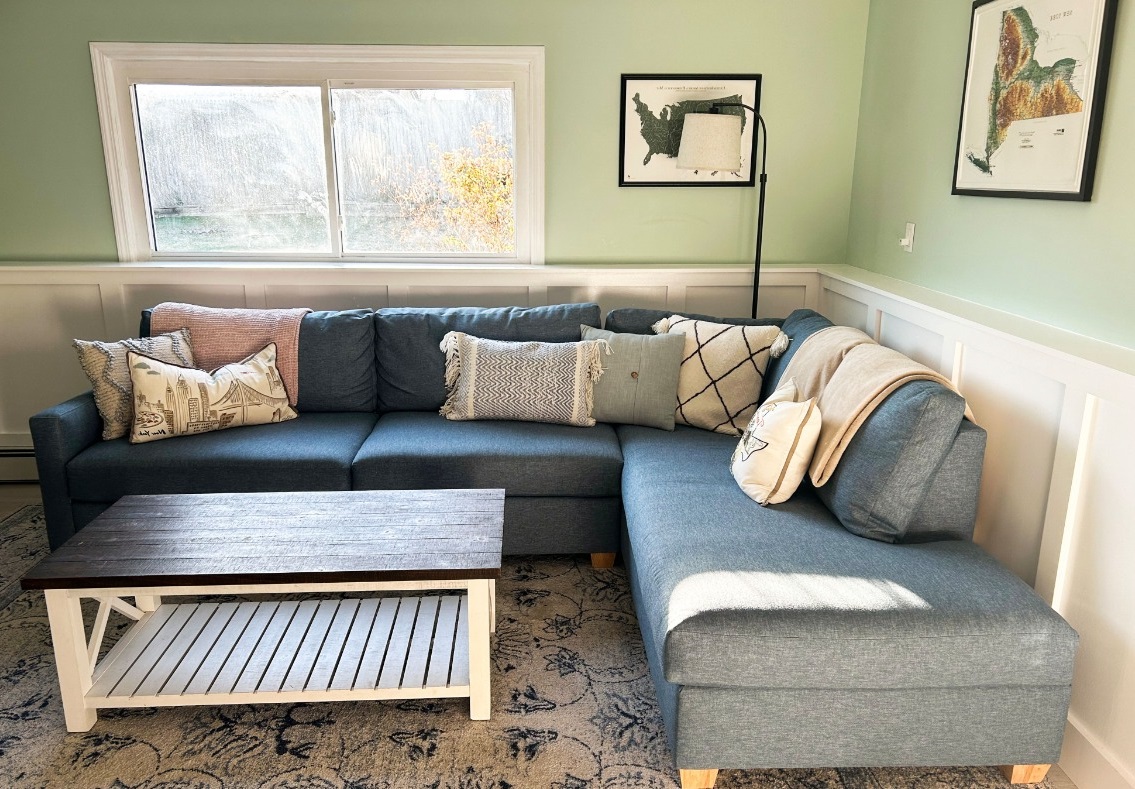
The Importance of the Sofa as a Key Piece of Furniture
Think of any item in a typical living room. Most likely, a sofa comes to mind. If you were to ask people what is typically found in a living room, the common response would be a sofa.
Certain pieces of furniture have the ability to make a significant impact. The sofa is one of those remarkable furnishings that can transform a space. It’s not just about its size or appearance, but also about the emotions and behaviors it evokes. The sofa represents tranquility and spaciousness. It is synonymous with comfort, tranquility, and relaxation – a physical expression of personal time, shared time, leisure, and rest.
The presence of a sofa brings the entire living room together. It necessitates an armchair or two. Then, a rug is needed. Next, the coffee table follows. And what about the floor lamp? The sofa takes precedence; it unifies the surrounding objects, acts as an anchor for the whole room, and radiates a warmth that envelops everything and absorbs energy.
Let’s delve into the often surprising reasons why the sofa holds such a distinctive influence on the home, as well as the numerous roles that the modern sofa fulfills. We will explore the emotions embedded in cushions and upholstery, and reveal how these seemingly uncomplicated pieces of furniture can shape our daily practices, provide the backdrop for our most intimate conversations, and witness the evolution of our lives.
- Sofas Contribute to Style and Personality
Being the largest furniture piece in a living room, the sofa automatically becomes the focal point. Whenever we enter a living room, the sofa is the first thing that catches our eye. The sofa significantly enhances the visual appeal and ambience, setting the tone for the overall room style. The choice of color, upholstery, and embellishments of a modern sofa can be a defining factor that breathes life into a room – contemporary and vibrant designs exude modernity and vigor, while classic shapes in a neutral palette exude timeless sophistication and grace.
The design and structure are as crucial as the upholstery, with the curves, angles, legs, arms, and backs all conveying the style and narrative of the piece. This underlying framework can exude a sense of formality or intimacy, indicating whether to relax and get comfortable or sit upright for a formal conversation, and transform the sofa into an exquisite sculptural piece as well as a functional seating area. While there are numerous sofa designs, the critical aspect to consider is the style and personality of the sofa, as it reflects the homeowner.
Details such as legs, trim, and stitching should be noted, as these small yet vital accents often introduce a sense of opulence and superior craftsmanship, enhancing the overall aesthetics of the design to give the sofa a distinctive and lavish feel.
Sofas provide a luxurious finishing touch. A contemporary sofa would feel incomplete without an assortment of decorative cushions or a cozy throw nearby. Whether in a color, pattern, or texture that complements the body of the sofa and/or the room as a whole, or in a contrasting style, these little embellishments not only add visual appeal but also a personal touch to the piece, making your sofa stylish, distinctive, and genuinely one-of-a-kind. However, the most influential factor in defining a sofa’s personality is its color, whether it complements the color of the flooring, walls, and lighting in your living room.
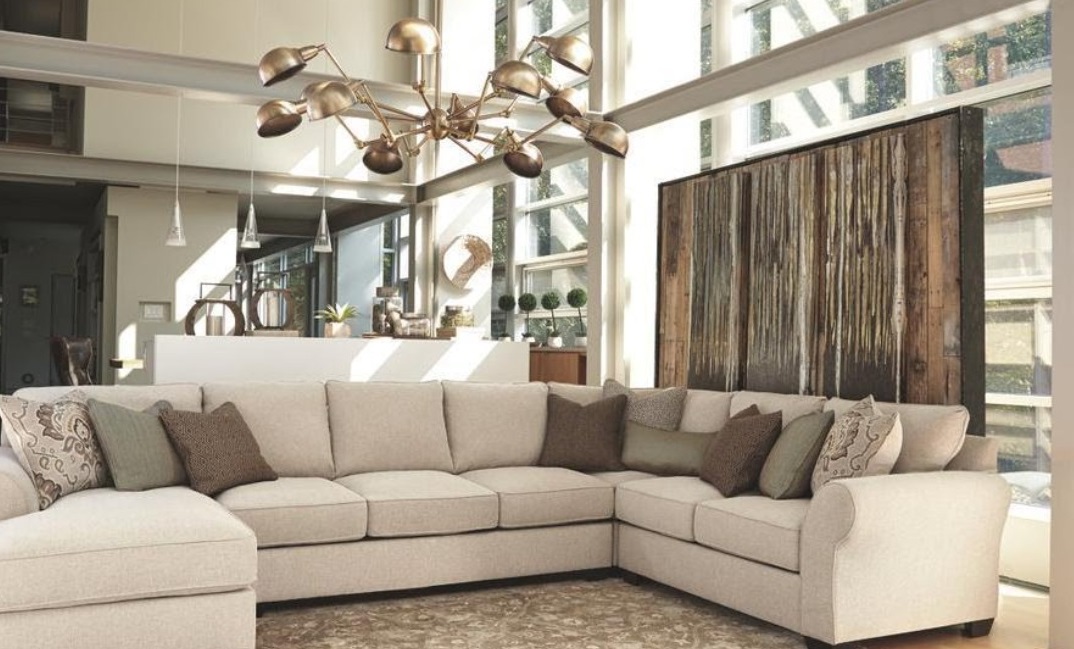
- Sofas Influence the Arrangement of a Space
The position of a sofa has a significant impact on the overall layout of a room as it serves as the focal point, dictating where people tend to gather. Whether placed against a wall or positioned in the middle, the location of a sofa influences the flow of light and air and guides the movement of people in the room. Additionally, due to their large size, sofas play a crucial role in dividing the room and creating distinct areas for various activities such as lounging, dining, cooking, or working. The arrangement of other living room furniture is based on the shape of the sofa and its original placement. Complementary pieces of furniture, such as coffee tables, side tables, and lamps, are arranged to complement the sofa’s position, creating a well-balanced and functional space.
The orientation of the sofa directs the attention of the seated person toward different views, such as guests across the room, natural light sources, or focal points like a fireplace, artwork, or a captivating show. The placement of the sofa influences the exploration of one’s surroundings without the need to stand up.
The decision of whether to place the sofa against the wall or allow it to float freely in the room depends on the size of the area and the desired effect. Placing it flush against the wall can create an intimate, sheltered feel, while floating seating can define open spaces and promote a sense of fluidity. In larger rooms, more creativity can be exercised in arranging the sofa.
- Sofas Offer Versatility
Sofas are one of the most utilized pieces of furniture in a home after the bed. As they have evolved from formal seating to versatile, everyday furniture, they have become indispensable. A sofa should be a place for relaxation, comfort, and support for the back and arms. It should also provide a sleeping area and convenient storage options. The modern sofa has become a symbol of adaptability, with modular designs gaining popularity for their flexibility, allowing each sofa to be rearranged and configured to suit the space and its intended purpose.
Sofa styles are now highly customizable, with a wide range of options including colors, textures, materials, and patterns to accommodate various interior designs, as well as interchangeable elements such as legs and cushions.
- The Sofa Takes Center Stage in Social Interaction
The sofa serves as the primary space for family members to socialize, communicate, share experiences, exchange information, and resolve issues. Without realizing it, the sofa holds great significance, and a home without one would feel incomplete.
When visitors arrive, there’s only one spot where you want to gather – a comfortable, stylish, and practical place that’s also friendly. As the focal point of the living space, the primary role of a sofa is to offer cozy seating for multiple people in a welcoming and inviting environment. The generous cushions and plush upholstery create a natural gathering place for socializing; the comfort it provides ensures that conversations are more enjoyable and last longer compared to areas with firmer surfaces.
Traditionally positioned near other seating like armchairs, sofas physically bring people together and promote face-to-face interaction. Classic designs encourage physical closeness, while modern asymmetrical styles can position individuals facing each other, fostering intimate conversations and shared moments, nurturing a sense of togetherness and connection.
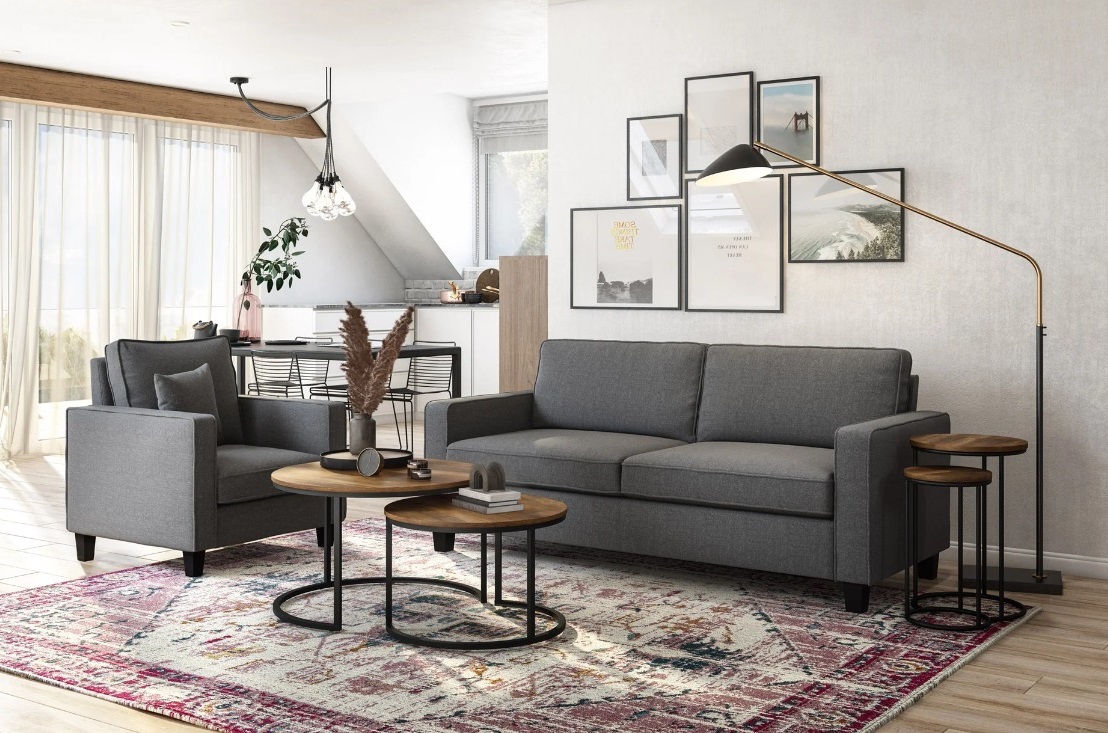
In addition to facilitating face-to-face interaction, sofas also serve as a backdrop for group entertainment, often angled towards a screen. They serve as a ticket to a movie, sports, or gaming session, bringing people together for a relaxing experience while seamlessly integrating with technology.
A soft and supportive sofa makes it nearly impossible for sitters not to relax, unwind, and enjoy each other’s company. Contemporary sofas create a warm and inviting ambiance that serves as a focal point for family and friends, nurturing connections and memories, which, at the end of the day, is what truly matters.
Your sofa plays a crucial role in your guests’ experience when they visit your home. A comfortable sofa will make your guests feel at ease, encouraging them to share their stories with you.
- Sofas Have Symbolic Meaning
We are naturally drawn to sofas. They symbolize comfort and relaxation, carrying deep symbolic importance in the home as a formal space for unwinding. The sofa is a haven where occupants can escape the pressures of daily life and let its cushions and springs bear their weight. The sofa is one of the most significant pieces of furniture in terms of well-being, offering a modest sanctuary for rest and rejuvenation. Once seated, it embraces you warmly after a taxing day.
Sofas were designed for sharing. Unlike other seating options in the home such as chaise lounges, armchairs, and dining chairs, sofas are intended for gathering, symbolizing family, friendship, and intimacy as a place where relationships are nurtured. Sofas also symbolize the art of welcoming guests into your home. Inviting someone to sit on the sofa – the most coveted spot in the home – is a gesture of warmth and hospitality that makes guests feel valued and at ease. Consequently, over time, the sofa becomes a symbol of bonding moments and cherished memories. The sofa fosters warmth among family members and guests who visit your home. With a comfortable sofa and coordinated room decor, you’ll have a special space.
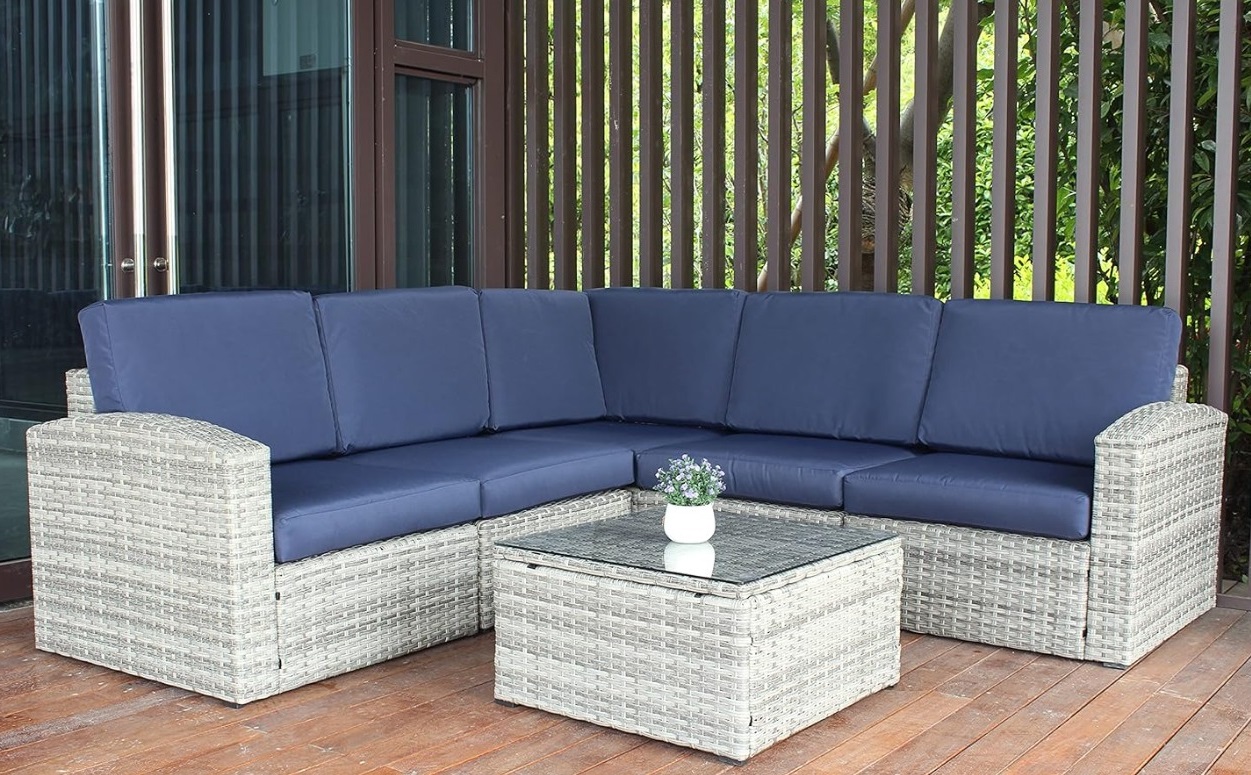
As a significant piece of furniture, a sofa is a clear reflection of the owner’s taste and design preferences. It’s a bold, substantial statement – from timeless, traditional sophistication to something more daring and contemporary, a sofa is a potent symbol of personal style and design identity. A sofa is more than just a place to sit; it’s a distinct and personal fusion of form and function, an interior representation of the concept that our homes are not just places to reside but stages where our unique stories unfold and our personalities are expressed. The most important seat in the house? We believe so.
